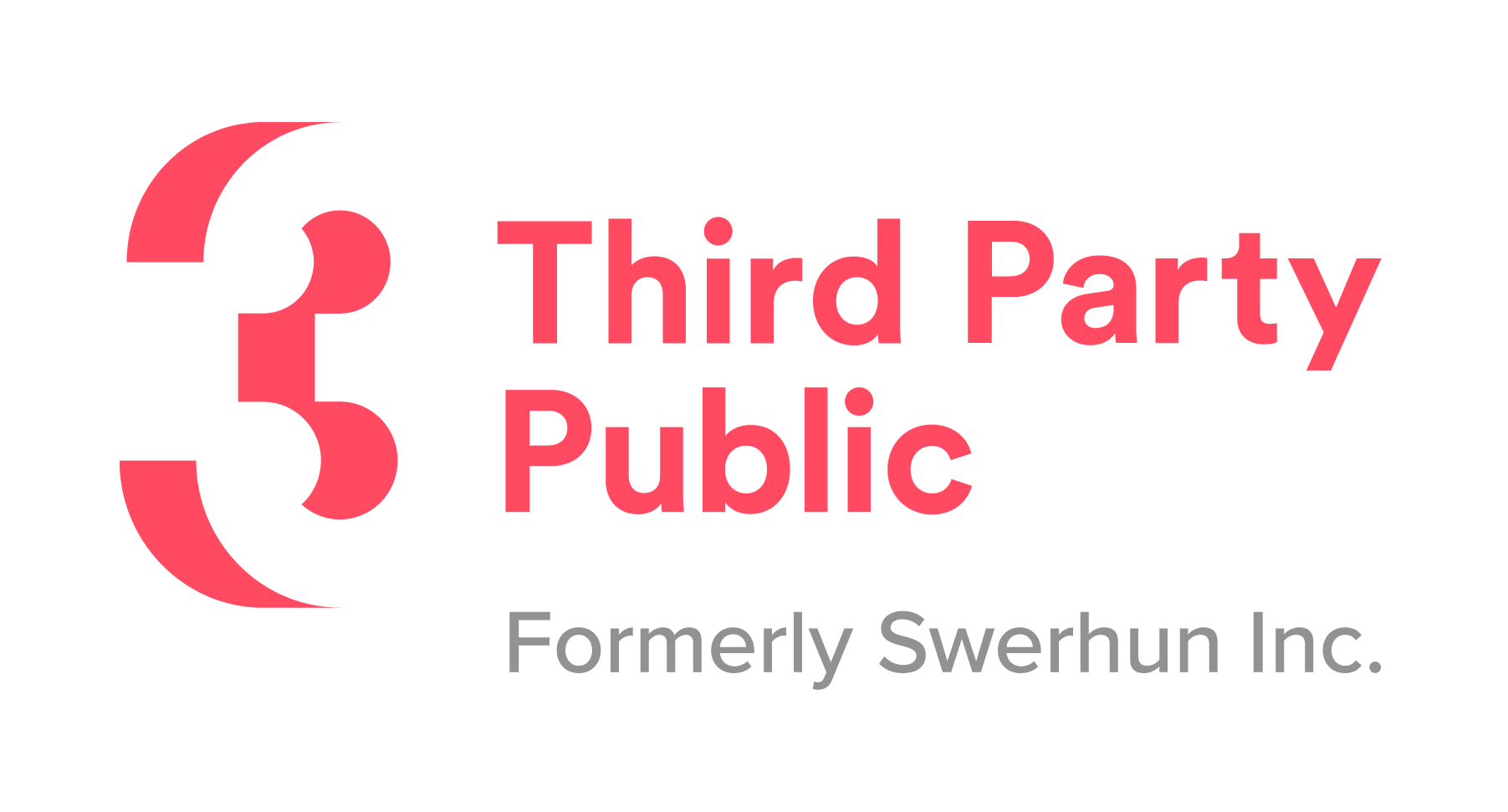Step 2:
Map Stakeholders & Build a Database
The second step in any engagement process is identifying who needs to participate.
CASE STUDY
A large municipality was contemplating the removal of an elevated expressway that was in a state of poor repair and blocking access to the waterfront. The expressway connected downtown to a middle/upper income residential area, passing through a lower income residential area and an established film studio district. There was also an active rail line running parallel to the elevated expressway to bring supplies to a sewage treatment plant.
a. Brainstorm a list of the issues that might be created by the project/initiative. Make it a long list, and think about the project from a number of different perspectives, looking through a number of different “lenses”.
Noise from demolition of expressway impacting film shoots
Traffic impacts on adjacent neighbourhoods
Health impacts from dust entering homes without air conditioning (often in lower income areas)
Increased travel times for commuters from wealthy residential area
Impacts on rail operations (if any)
Impact on neighbourhood schools
What other issues might be created by this project?
b. Drawing on the list of issues, identify different organizations, in addition to the general public, that would have a vested interest in how the project unfolds. Make a list.
Local public school
Local resident associations
Medical Officer of Health
CAA (Canadian Automobile Association)
Canadian Pacific Railway
Local businesses (especially film studios)
Local property owners (who may lease land to local businesses)
Environmental advocacy groups
Relevant Public Agencies (e.g. Provincial Media Development Corporation)
Elected officials from all levels of government
Relevant government staff
General public
What other groups might be interested in this project?
c. It’s often helpful to map the issues and players to get a feel for the relationships between them and to help identify and fill any gaps.
d. Based on the stakeholder list, create a database of names, emails, and phone numbers.
Do this in a spreadsheet (not in a word processing software).
Here are a few tips to consider when setting up the database:
First name and last name should be separate columns (so the database can be sorted by either first or last name)
Include the affiliation of each contact, as well as their phone number and email (and mailing address, if relevant)
e. Flesh out the database by talking to people that are already in your list.
Joe Smith from the Provincial Media Development Corporation provided names and contact information for all of the film industry companies in the area
Local elected officials provided the names and contact information for the presidents of all the local residential associations
Local public school provided contact information for the school’s parent association
President of local resident association provided contact information of interested homeowners
f. At this stage it is often helpful to add a few new columns to your database.
A column titled “source”. Use this column to make a note of where the contact name came from so you have an answer when people ask “how did that name get on the list?”
A new column called “constituency” or “membership”. Use this column to make a short note about the number individuals each organization represents (if you know). For example a resident association represents all residents (typically home owners) in a defined neighbourhood which could include dozens of homes on a number of different streets. Your data base doesn’t necessarily need to include the names of every resident in every house because you connect with these people through their representatives at the resident association. This means that your database doesn’t have to be exhaustive, but you do need to have a defensible list of contacts that can connect with larger networks. These “nodes” in the network are an important resource in the process.
A column that identifies the outreach tools that each association or group uses to stay connected to their members/constituents. Outreach tools include things like newsletters, email updates, meetings and events. This tells you a lot about the legitimacy of a group as representative of others. Also note whether these mechanisms are only to get information OUT, or do they also enable constituents to bring information IN. It’s important to verify that the person who claims to be speaking for a particular constituency can demonstrate that they consulted that constituency.
